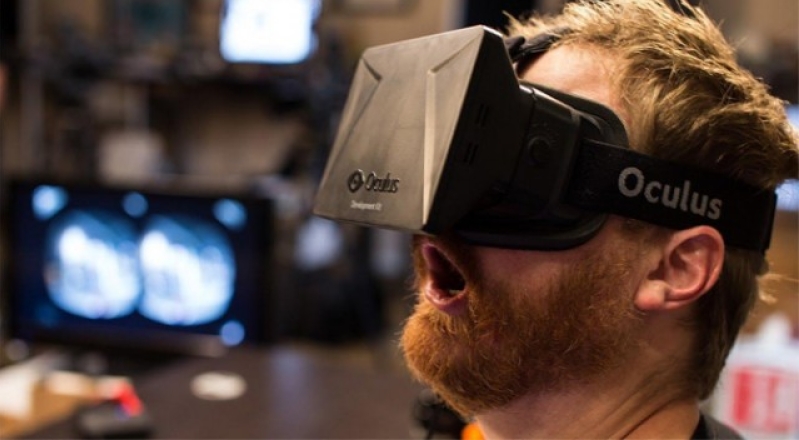Every year, all the tech companies congregate at Las Vegas to show off all of their products and meet and greet with buyers and the media at the International Consumer Electronics Show (CES). As someone who has been attending the conference for the last eight years, it is a good place to find trends for the year. I can say that this year could be the year for Virtual Reality (VR). I have talked about how we could be entering a Virtual Reality age, and I have also predicted that it might not catch on. From what I have seen at CES 2016, we are about to enter an exciting age of Virtual Reality that will not only change gaming but entertainment and social media as well.
Last year at CES 2015, there was very little space devoted to anything Virtual Reality, but this year, there was a lot of it, and it wasn't all in the gaming arena. The issue with Virtual Reality is more can be done with it than just gaming, not that there aren't a lot of games prepped for it.
The issue is that there are a lot of cameras coming out that are designed for a 360 view. These particular cameras are designed to film all around the user, and some can even shoot the ceiling and floor, getting the person filming in the shot at all times. The footage that these cameras can get a three-dimensional view, but when viewed on a 2D device like the average touchscreen display, the user has to drag their finger to see events.

This isn't like regular footage where you can see just one camera's POV just like you are that shooter's set of eyes. In this case, 360 cameras can not only see what is in front of the viewer but behind and to the sides. One way to view this footage is with a VR headset like the HTC Vive and Oculus Rift, but it can also be done by strapping a mobile device to Google cardboard or similar device (there were many on display at CES 2016) and literally turn ones head to see some video footage from varied points of view.
So what does this mean? Remember how devices like GoPro's camera really brought clear video footage to YouTube and social networks? Now imagine this, but everyone is viewing your video but getting more than your point of view. In fact, I saw one product that was designed to string a lot of Go Pro cameras together for optimal 360 viewing.
It is possible that there will be a lot of 360 videos, and people can literally live out a memory. In fact, they might be able to see more of the memory, from a different angle.
For example, I went to a concert while I was in Las Vegas, and I got to see the Jacksons perform live thanks to Monster's special awards presentation. Assuming that I was filming this on a 360 camera, not only could I see a view of the concert performers, but the crowd as well. In fact, there was an old man dressed like Michael Jackson that was worth filming as well. Someone viewing my footage could choose to focus on the performers or the audience, by turning their head on a Google cardboard or VR headset.
This will be an age where movies and TV could change their format, creating a more singular experience where one video can be view several times at different angles and possibly create a different experience with each viewing. It is a terrific age where we will need all kinds of memory and smart devices to work, but the numerous cloud drives that already exist and smart devices that we will have are going to bring this age to life.
At a Press Conference at CES, LG stated that 26 smart devices per every human in the next five years. Considering that most people will need a 360 camera, then smartphone/tablet to view the footage, and then a VR headset to view it (or non-technical Google cardboard), there will be no shortage of Internet-connected devices to make this Age of Virtual Reality come to pass.







